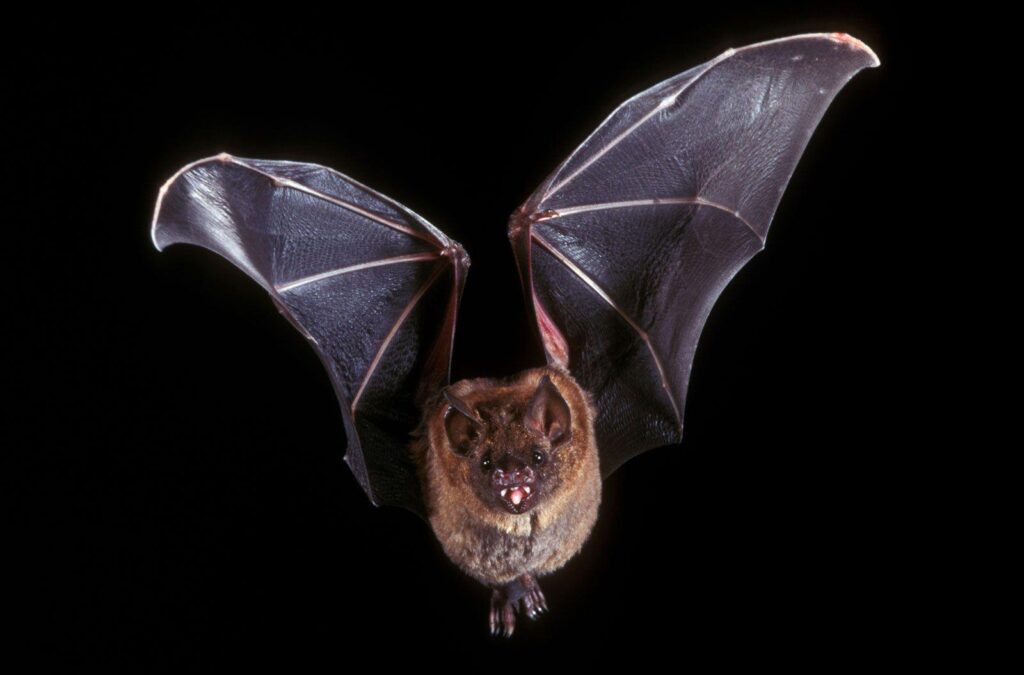As Halloween approaches and Hollywood rolls out its latest bat-themed thrills, misconceptions about these nocturnal creatures continue to take flight. From eerie vampire myths to exaggerated portrayals on the silver screen, bats are often misunderstood and maligned. In this article, Inside Ecology uncovers seven common myths that Halloween and Hollywood perpetuate about bats-shedding light on the truth behind the shadows and revealing why these mammals are more vital to ecosystems than horror stories suggest.
Misconceptions About Bat Behavior Fuel Cultural Myths
Many cultural myths paint bats as sinister creatures lurking in the shadows, but these tales often stem from a profound misunderstanding of bat behavior. Contrary to popular belief, bats are not flying rodents out to terrorize humans; they are vital pollinators and natural pest controllers. Their nocturnal activity is simply an adaptation to avoid predators and to exploit nighttime insects, not a sign of malevolence or evil intent. Moreover, the misconception that all bats carry diseases like rabies overlooks the fact that less than 1% of bats are infected, making the risk to humans minimal when proper precautions are observed.
Hollywood further perpetuates myths by focusing on bats’ eerie appearance and nighttime habits, often depicting them as supernatural agents or hellish creatures. This sensationalized portrayal ignores the ecological importance of their unique behaviors, such as echolocation-a remarkable biological sonar system allowing them to navigate and hunt insects in total darkness. Here are some common misconceptions:
- Bats are blind: In reality, most bats have good night vision and rely on a combination of sight and echolocation.
- Bats are aggressive bloodsuckers: Only three species of bats feed on blood, and they rarely target humans.
- Bats get tangled in hair: This myth is unfounded; bats have excellent flight control and avoid humans.
| Myth | Fact | ||||||||||||||||||||||||||
|---|---|---|---|---|---|---|---|---|---|---|---|---|---|---|---|---|---|---|---|---|---|---|---|---|---|---|---|
| Bats Are Blind | Most bats can see well in low light. | ||||||||||||||||||||||||||
| Bats Attack People | Bats are shy and avoid human contact. | ||||||||||||||||||||||||||
|
Many cultural myths paint bats as sinister creatures lurking in the shadows, but these tales often stem from a profound misunderstanding of bat behavior. Contrary to popular belief, bats are not flying rodents out to terrorize humans; they are vital pollinators and natural pest controllers. Their nocturnal activity is simply an adaptation to avoid predators and to exploit nighttime insects, not a sign of malevolence or evil intent. Moreover, the misconception that all bats carry diseases like rabies overlooks the fact that less than 1% of bats are infected, making the risk to humans minimal when proper precautions are observed. Hollywood further perpetuates myths by focusing on bats’ eerie appearance and nighttime habits, often depicting them as supernatural agents or hellish creatures. This sensationalized portrayal ignores the ecological importance of their unique behaviors, such as echolocation-a remarkable biological sonar system allowing them to navigate and hunt insects in total darkness. Here are some common misconceptions:
|
